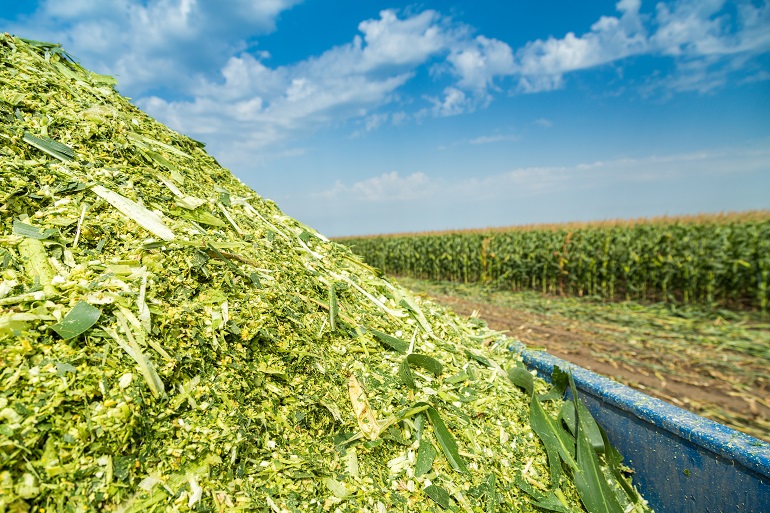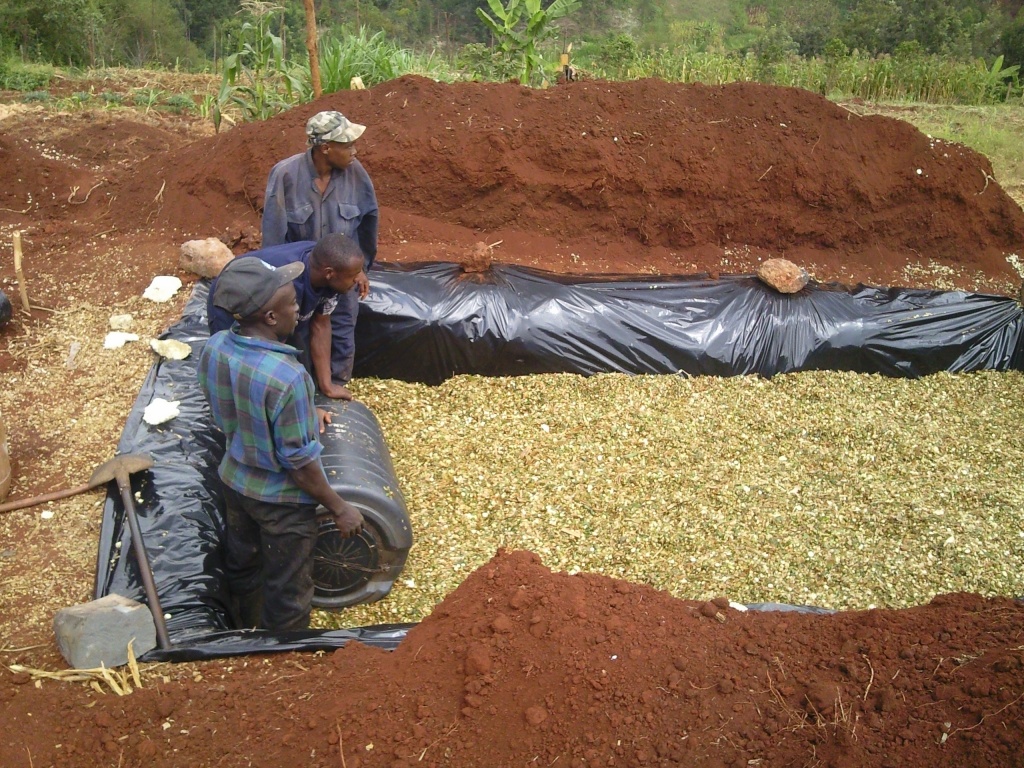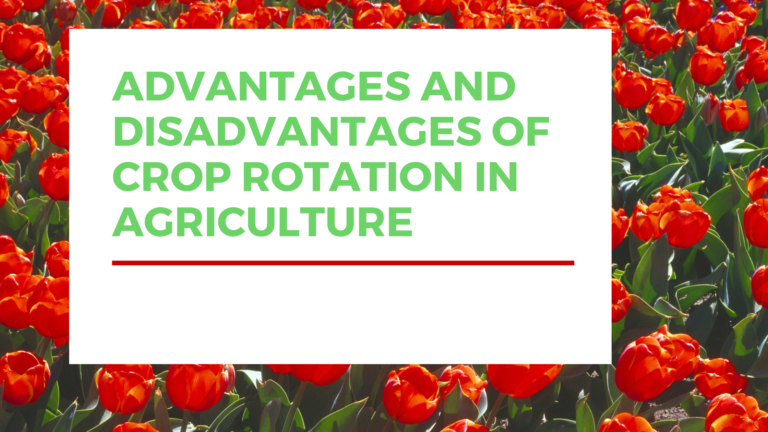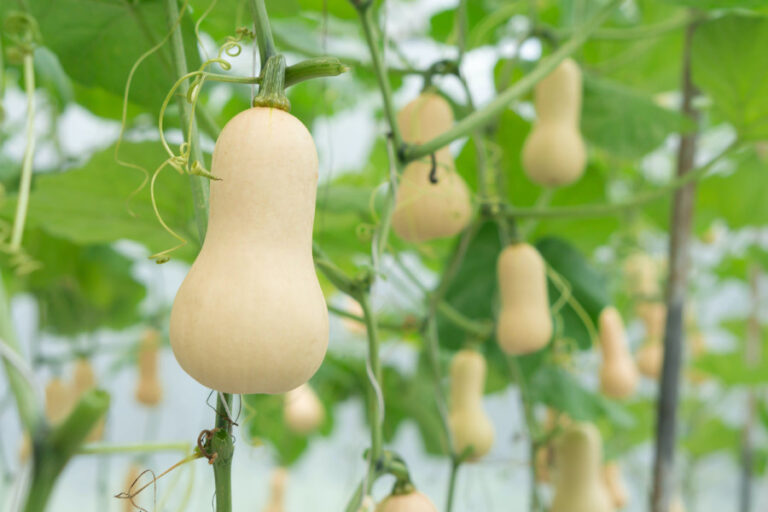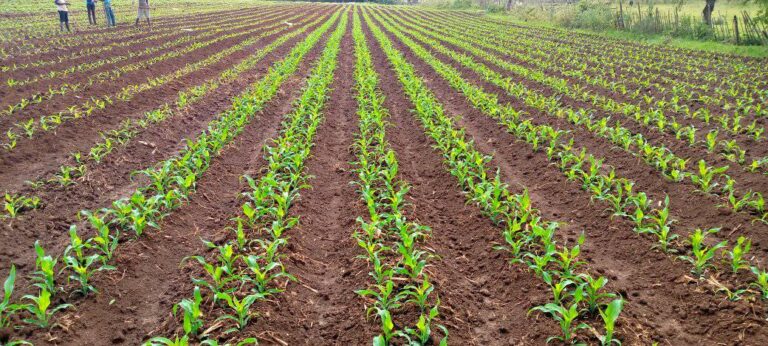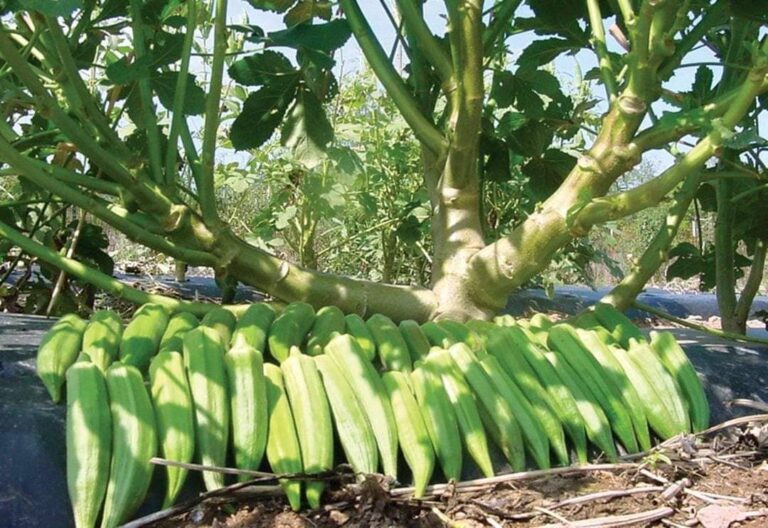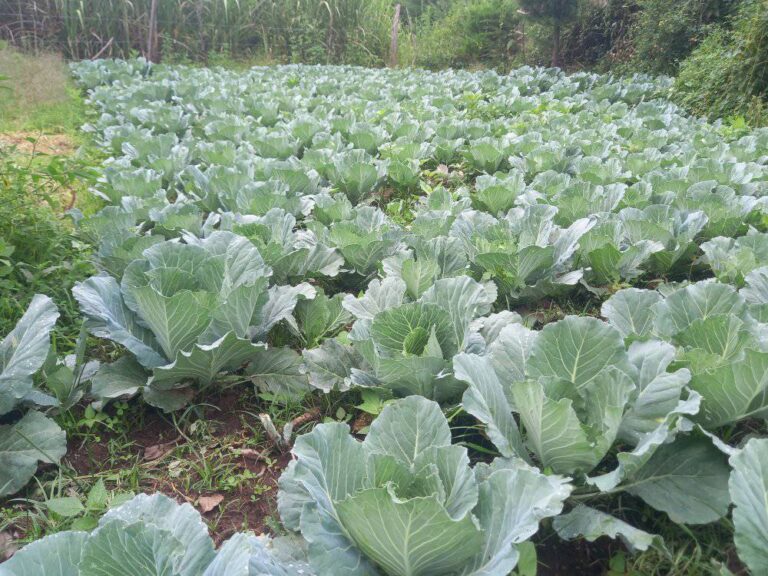Corn Silage Making Process In Kenya
Corn silage is an indispensable asset for Kenyan farmers, providing a reliable and nutritious feed source for livestock, particularly during dry seasons.
Corn silage, a type of fermented fodder made from whole corn plants, plays a crucial role in livestock nutrition. By storing corn in an anaerobic environment, farmers can preserve its nutritional value for extended periods, making it an ideal feed option during periods of feed scarcity.
This blog aims to offer a comprehensive, step-by-step guide on how to make corn silage effectively in Kenya, ensuring farmers can maximize their yields and maintain high-quality feed for their livestock year-round.
Corn Silage Making Process In Kenya
1. Preparing for Corn Silage
Choosing the Right Corn Variety
Selecting the appropriate corn variety is the first step toward successful silage production. In Kenya, the best types of corn for silage are those that thrive in local climatic conditions and produce high biomass. Some of the suitable varieties include:
- H614: Known for its high yield and adaptability to various climatic conditions.
- H6213: A drought-tolerant variety, making it ideal for regions with irregular rainfall.
- H6210: Earlier maturing variety, suitable for areas with shorter growing seasons.
Optimal Planting Time
Timing is crucial to ensure maximum yield and quality of corn for silage. In Kenya, the optimal planting seasons are:
- Long Rains Season: Typically, from March to May.
- Short Rains Season: Usually from October to December.
Planting during these periods ensures that the corn benefits from adequate rainfall and favorable growing conditions.
Soil Preparation
Proper soil preparation is essential for healthy corn growth. Here are some tips on soil testing and nutrient management:
- Soil Testing: Conduct a soil test to determine nutrient levels and pH. This helps in applying the right type and amount of fertilizers.
- Nutrient Management: Based on the soil test results, apply necessary fertilizers such as nitrogen, phosphorus, and potassium to enhance soil fertility. Additionally, consider incorporating organic matter like compost to improve soil structure and water retention.
2. Harvesting the Corn
Determining the Right Time to Harvest
Harvesting corn at the right time is crucial for achieving high-quality silage. Look for the following signs to determine if the corn is ready for silage:
- Kernel Milk Line: The milk line in the kernel should be halfway down. This indicates that the plant has the optimal moisture content for ensiling.
- Whole Plant Moisture: The ideal moisture content for silage is between 60-70%. You can measure this using a forage moisture tester or by conducting a “grab test”: squeeze a handful of chopped corn; it should feel moist but not dripping wet.
Harvesting Techniques
Effective harvesting requires the right tools and machinery. Here are some commonly used equipment:
- Forage Harvester: A forage harvester is essential for chopping corn efficiently. Ensure the blades are sharp for clean cuts.
- Tractor and Trailer: Use a tractor and trailer to transport the chopped corn to the silo or pit.
3. Chopping and Processing
Chopping Methods
The chop length of corn is critical for effective fermentation. The ideal chop length is between 1/4 inch to 3/8 inch. This size promotes proper packing and fermentation by allowing bacteria to break down the plant material efficiently.
Adding Additives
Adding additives can enhance the fermentation process and improve the nutritional value of silage. Consider the following additives:
- Bacterial Inoculants: These contain beneficial bacteria that accelerate the fermentation process, ensuring rapid pH reduction and preservation of nutrients.
- Enzymes: Enzymes help break down complex carbohydrates, making the silage more digestible for livestock.
- Preservatives: Chemical preservatives can inhibit the growth of spoilage organisms, extending the shelf life of the silage.
4. Ensiling Process
Filling the Silo or Pit
The ensiling process begins with proper filling of the silo or pit. Follow these steps for effective ensiling:
- Layering: Fill the silo or pit in layers, ensuring even distribution of chopped corn.
- Packing: Compact each layer thoroughly to eliminate air pockets. This can be done using a tractor or by manual stomping.
- Top Layer: The top layer should be packed extra tightly to minimize air infiltration.
Sealing the Silo or Pit
Airtight sealing is crucial for successful fermentation. Here are some methods to achieve airtight sealing:
- Plastic Sheets: Cover the top of the silo or pit with heavy-duty plastic sheets. Ensure the edges are well-tucked and weighted down with soil or tires to prevent air from entering.
- Silage Bags: Alternatively, use silage bags for smaller quantities. These bags are designed to be airtight and maintain optimal fermentation conditions.
5. Fermentation Period
Duration of Fermentation
The fermentation process typically takes between 3 to 6 weeks. During this period, the anaerobic conditions allow lactic acid bacteria to ferment the sugars in the corn, lowering the pH and preserving the silage.
Monitoring Fermentation Quality
Regularly check the silage to ensure proper fermentation. Signs of good fermentation include:
- Smell: A sweet, slightly sour smell indicates successful fermentation.
- Texture: The silage should have a firm texture without any mold or spoilage.
- Color: A consistent golden-yellow color signifies good quality silage.
6. Utilizing Corn Silage
Feeding Livestock
Corn silage is an excellent feed for livestock, providing essential nutrients and energy. Here are some best practices for incorporating silage into animal diets:
- Gradual Introduction: Introduce silage gradually into the animals’ diet to allow their digestive systems to adjust.
- Balanced Diet: Combine silage with other feed components like hay and concentrate feeds to ensure a balanced diet.
- Monitor Intake: Regularly monitor the animals’ intake and adjust the quantity of silage fed based on their nutritional needs and performance.
Storage Tips
Proper storage of leftover silage is crucial to maintain its quality. Consider the following tips:
- Cover the Silage: After removing the required amount of silage, cover the remaining portion with plastic sheets to prevent air exposure.
- Use Silage Clamps: Use silage clamps to secure the covering material and keep it in place.
- Check Regularly: Regularly inspect the stored silage for any signs of spoilage or mold and remove any affected portions immediately.
Conclusion
Making corn silage involves several crucial steps: choosing the right corn variety, planting at the optimal time, preparing the soil, harvesting at the right stage, chopping and processing the corn, ensiling properly, allowing sufficient fermentation, and utilizing and storing the silage correctly.
By following these steps, Kenyan farmers can ensure a consistent supply of high-quality feed for their livestock, improving animal health and productivity.
Many farmers have successfully implemented these practices and witnessed significant improvements in their farming operations.
